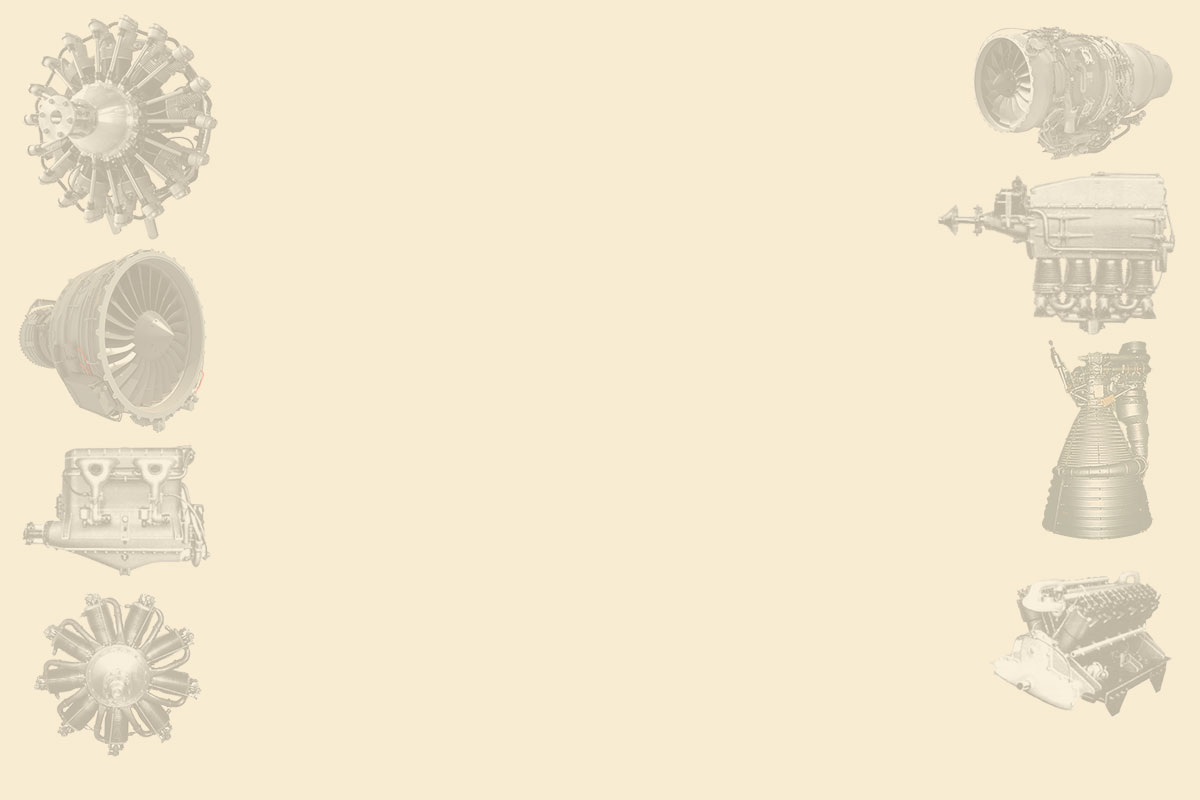Updated: 22-May-2025
Constantin Eduardovich Tsiolkovsky is considered the father of Russian astronautics, a professor and theorist of jet spaceflight.
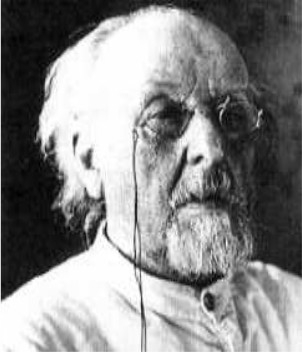
“C.E. Tsiolkovski”
In 1903, he declared that only powerful rockets using liquid propellants (propergols) such as liquid oxygen and liquid hydrogen would be able to escape Earth's attraction by releasing great forces.
From Appendix 6: Pioneer of Russian astronautics, from whom we received the concept of a rocket with the engine integrated within the tanks, which he presented around 1903.
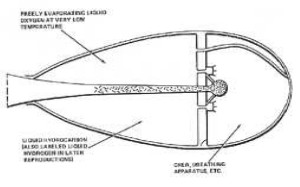
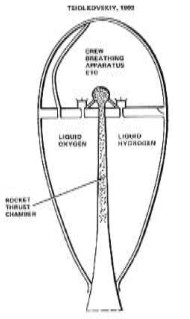
“The same project with two different comments”
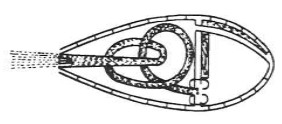
“The Tsiolkovsky of 1914”
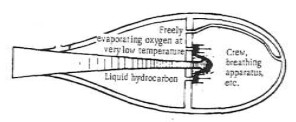
“The third model in 1915 in a Russian publication”
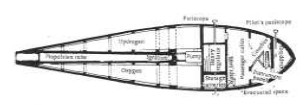

“The upper one from 1927 and the lower one from 1929”
The 1927 engine appeared in Flugsport magazine in an article entitled “The Space Ship” by Scherschevsky.
From Appendix 9: A pioneer of Russian and world rocketry. We have collected several early engines from him and his group, including those from later companies such as Glushko, etc., on which they would later base their productions.

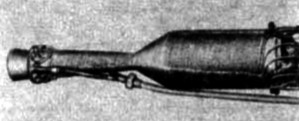
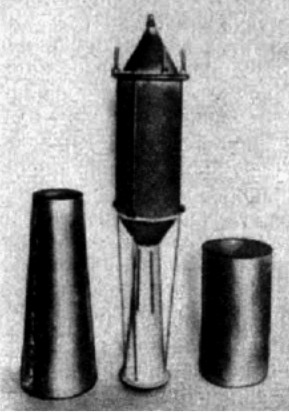

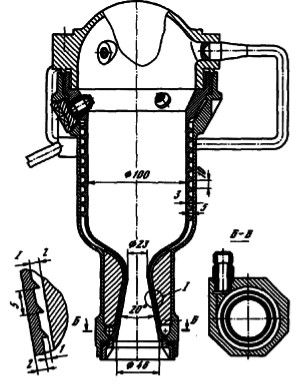
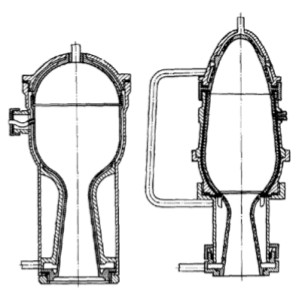
"Various rocket engines, early period"
As we can see, regenerative chambers and nozzles were already being tested, with double walls, through which a fuel passed, cooling the weak materials.
Engines of TSIOLKOVSKI
Model: Rocket test engines
Arquitecture:
Chambers:
Fuels:
Feed System:
Ignition:
Thrust:
Weight:
